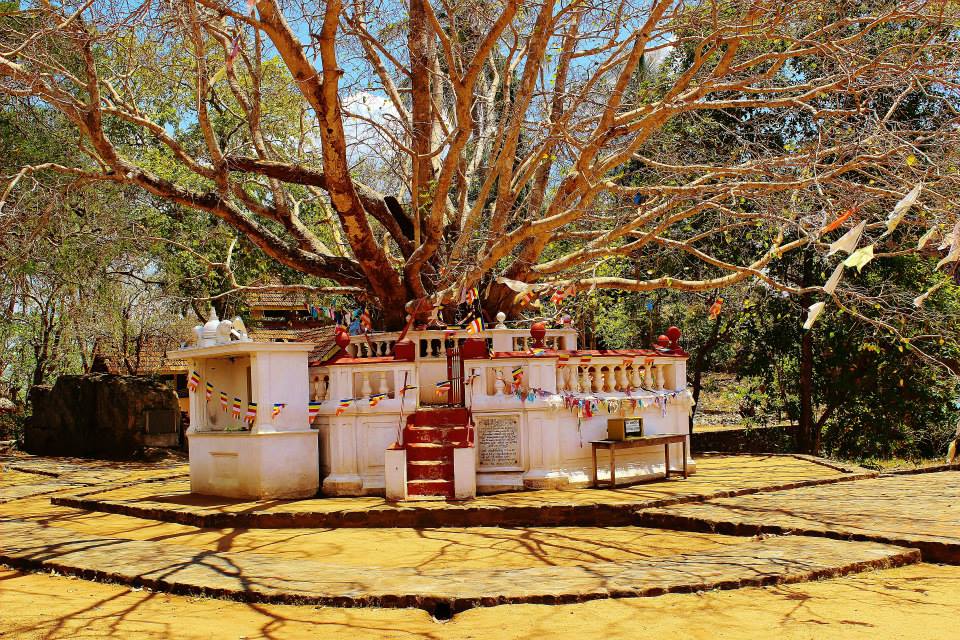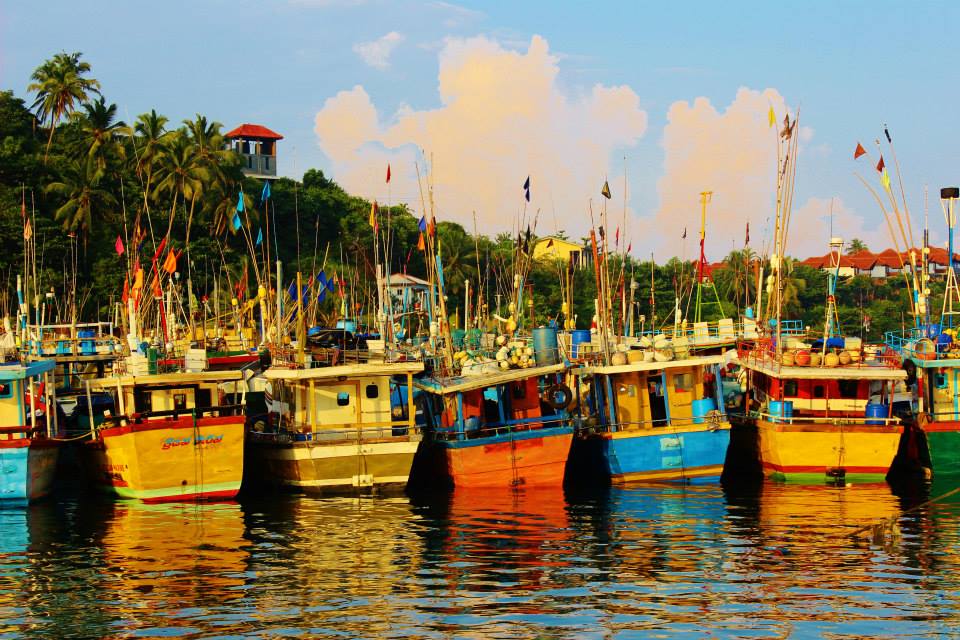As our human footprint expands, so does the overlap with wildlife habitats, leading to an increase in human-wildlife conflicts. These conflicts arise when the needs and behaviours of humans and animals clash, posing challenges to both parties involved. However, numerous examples from around the world demonstrate that peaceful coexistence is achievable through innovative solutions and a deeper understanding of the complex dynamics at play. In this article, we will explore several instances of human-wildlife conflict and the successful strategies that have fostered harmonious living between humans and animals.
Elephants in Sri Lanka
Sri Lanka is known for its rich biodiversity, but its human-elephant conflict has been a persistent challenge. As elephants roam across their traditional migration routes, they often encounter villages, resulting in crop damage, property destruction, and even human fatalities. To address this issue, various initiatives have been implemented. Electric fences and trenches have been constructed to deter elephants from entering human settlements. Additionally, the use of beehive fences has proven effective, as elephants are naturally averse to bees and avoid areas protected by these fences. Such innovative solutions promote coexistence by minimizing negative interactions and protecting the livelihoods of local communities.
Snow Leopards in the Himalayas
In the rugged terrain of the Himalayas, snow leopards often come into conflict with local herders, who depend on their livestock for sustenance. The loss of livestock to snow leopards can have severe economic consequences, leading to retaliatory killings of the endangered cats. Conservation organizations have initiated programs to mitigate these conflicts. For example, the Snow Leopard Conservancy's "Himalayan Homestays" project encourages tourists to stay with local families, providing income diversification for herders and promoting conservation awareness. Compensation schemes for livestock losses, predator-proof corrals, and the use of guard dogs have also been successful in reducing conflicts and securing the future of these majestic felines.
Lions and Maasai Communities in Kenya
In Kenya's Maasai Mara region, human-lion conflict has been a significant concern for both the local communities and lion populations. Retaliatory killings by herders aiming to protect their livestock threatened the survival of these iconic big cats. To address this issue, conservation organizations, in collaboration with local communities, have implemented community-led initiatives. Predator-proof bomas (livestock enclosures) have been constructed, reducing the likelihood of lion attacks. Livestock insurance programs provide compensation for herders who lose animals to predation, alleviating financial losses and reducing the motivation for retaliatory killings. Community education and awareness programs have fostered greater tolerance and understanding of the importance of lions within the ecosystem.
Polar Bears and Arctic Communities
In the Arctic region, the melting sea ice due to climate change has led to increased interactions between polar bears and remote communities. As polar bears search for food, they may wander into human settlements, posing a threat to human safety and property. To address this challenge, various strategies have been implemented. Early warning systems, such as polar bear patrols, utilize trained individuals to monitor and deter bears from approaching human areas. Bear-resistant food storage containers and electric fences are employed to reduce attractants and minimize potential conflicts. Collaborative efforts between scientists, local communities, and government agencies are crucial in developing adaptive management plans that consider the needs of both polar bears and Arctic residents, ensuring a sustainable future for both.
Tigers in Nepal
Nepal's Terai region is home to a significant tiger population, but the expansion of human settlements and increased poaching posed severe threats to their survival. The government and conservation groups have implemented anti-poaching measures, increased patrols, and established community-managed buffer zones around protected areas. These buffer zones empower local communities to engage in sustainable livelihood practices, reducing their dependence on forest resources and mitigating human-tiger conflicts. The success of these initiatives is evidenced by an increase in tiger numbers in Nepal, demonstrating that coexistence is attainable even in densely populated regions.
Human-wildlife conflict is a complex issue that requires a multi-faceted approach involving communities, conservation organizations, and governments. By prioritizing the well-being of both humans and animals and promoting innovative solutions, we can find a balance that allows us to coexist harmoniously with wildlife. The examples discussed in this article showcase the power of community engagement, technological advancements, and creative strategies in mitigating conflicts and fostering peaceful cohabitation. By continuing to learn from these success stories, we can build a future where humans and wildlife thrive together, ensuring the preservation of our natural heritage for generations to come.







